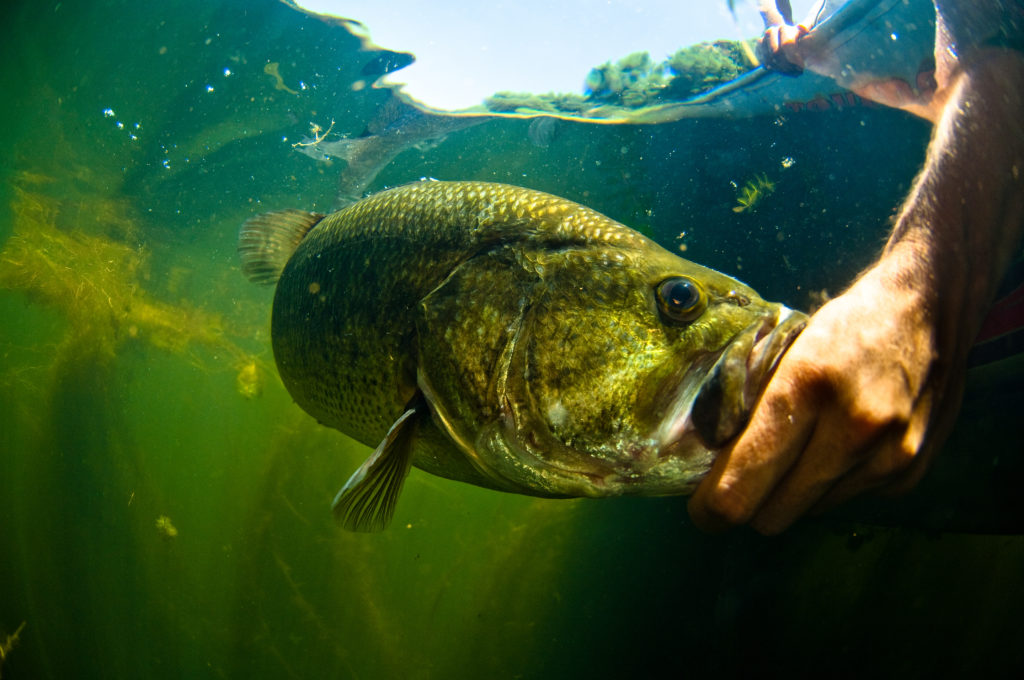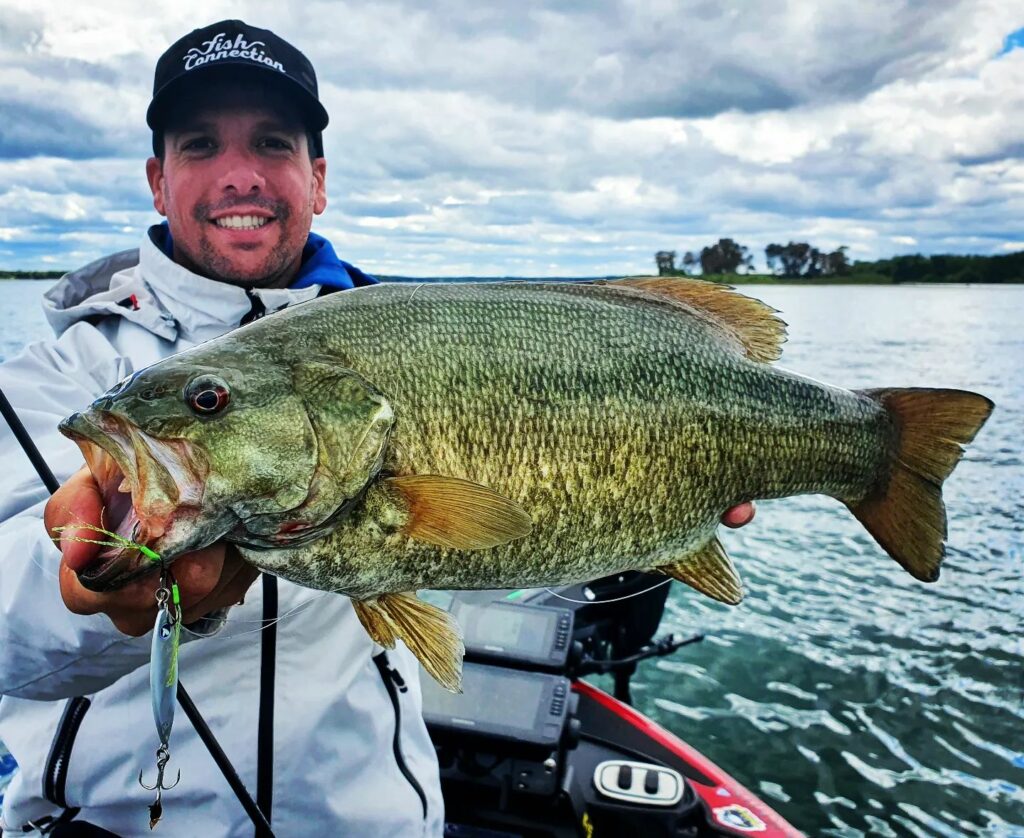
The casting jig is a multi-purpose lure and ultra formidable on all predators (perch, black bass, zander, trout, sea bass, etc.) in French waters. Easy to use, casting jigs are becoming increasingly popular with lure anglers because they are so effective. We've tested out these little metallic gems that are revolutionising sea and freshwater fishing. Discover our complete guide to how to fish with a casting jig.
Our article in brief
The casting jig is a long, dense, compact lead lure with a treble or assist hook. As its name suggests, this lure is designed to be cast long distances or vertically.
- Versatility A casting jig splits water quickly and allows you to explore all layers of water, whether in the sea or freshwater.
- Precision The jig casting allows long-distance throws
- Efficiency This lure imitates a fleeing fish to perfection and is highly effective on all predators.
- Adaptability The castign jig can be used in a variety of ways and adapted to different conditions.
- Versatility You can fish with a casting jig in the sea (bass, mackerel, bonito) as well as in freshwater (perch, trout, chub, black-bass, etc.).
The casting jig: a lure that adapts to all conditions
The casting jig is a lead metal lure with one or more single or treble hooks at each end. They are characterised by their elongated shape and variable weight, ranging from 2g to over 300g. With its design and density, the casting jig adapts to all fishing conditionsBoth on the surface and at depth.
Casting jigs belong to the jig family. Unlike their classic counterparts, which are designed for vertical fishing only, casting jigs excel at horizontal fishing. Their highly aerodynamic shape allows you to throw accurately and far. It will allow you to fish remote areas that other lures cannot reach.
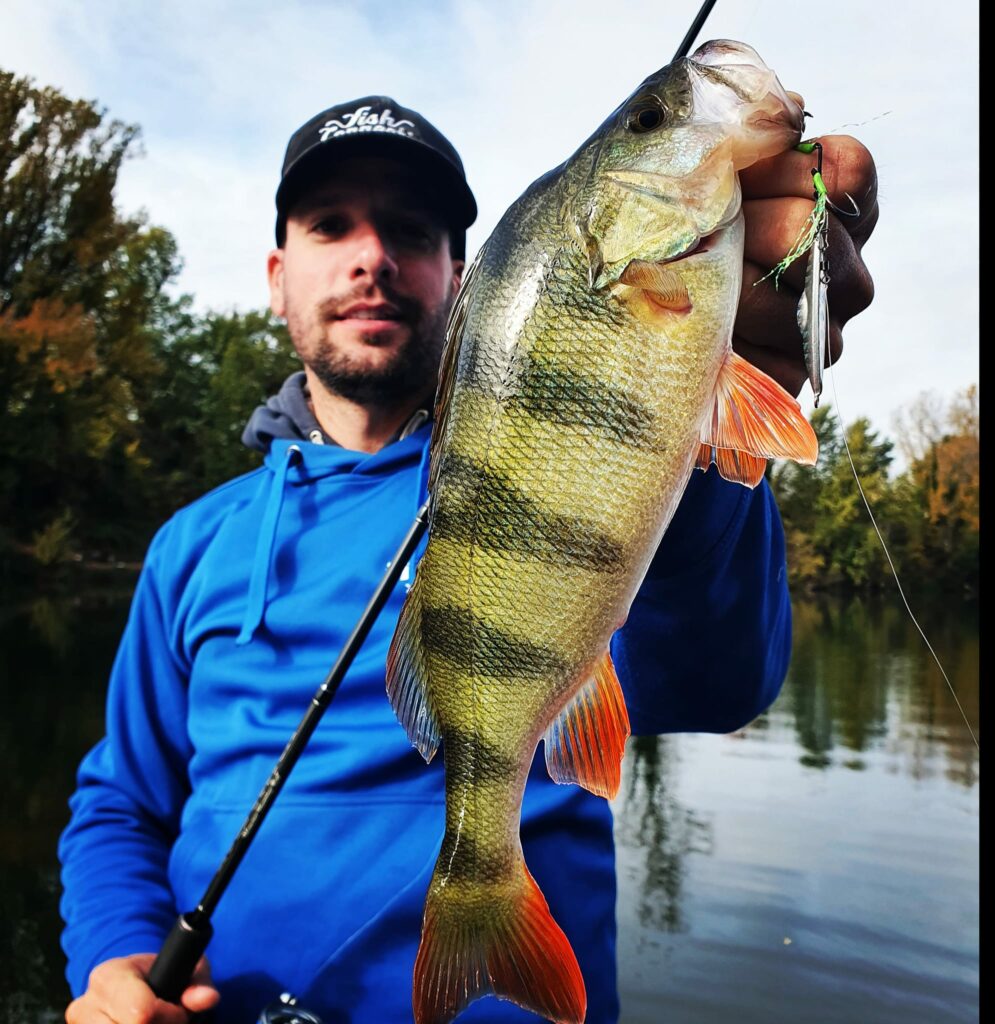
Depending on the form you choose, you can adapt directly to current conditions. For example:
- With a tapered casting jig, you can split the water quickly and reach the desired layer of water.
- A wider or flatter jig cast will give a more gliding and erratic swimming action.
- Finally, a wavy jig cast will look erratic, even wavy, and will imitate a wounded fish to perfection.
Choosing the right jig casting: Essential criteria
Whether you fish in the sea or in freshwater, here is a summary table to guide you in your choice:
| Criteria | Importance | Recommendation |
|---|---|---|
| Weight | High | Adapted to depth and current |
| Shape | Average | Depending on the species targeted and the technique |
| Colour | High | Metal, blue, white, grey (imitating natural prey) at sea Metal, yellow, pink, natural in freshwater |
| Hooks | High | Triple or assist hooks depending on regulations |
| Finish | Low | Rotating pallet for greater attractiveness |
For both freshwater and river fishing, we particularly like Fish with cast jigs weighing between 5 and 10g, or even 15g if the current is a little stronger.
During our expeditions in the Mediterranean, we noticed that the jigs from 40 to 60g offer an excellent compromise for inshore pelagic fishing. For stronger currents, don't hesitate to opt for heavier models. For sea bass fishing with a casting jig from shore, we generally opt for casting jig between 20 and 45galways depending on the target zone and the current.
Colour also plays a crucial role. At sea, metallic shades, blue, white and grey dominate the market, perfectly imitating natural prey such as anchovy or horse mackerel. In freshwater, we particularly like metallic and/or fluorescent (yellow or pink) colours. These colours work very well on perch, trout, chub and shad. So don't be afraid to experiment with brighter colours on low-visibility days.
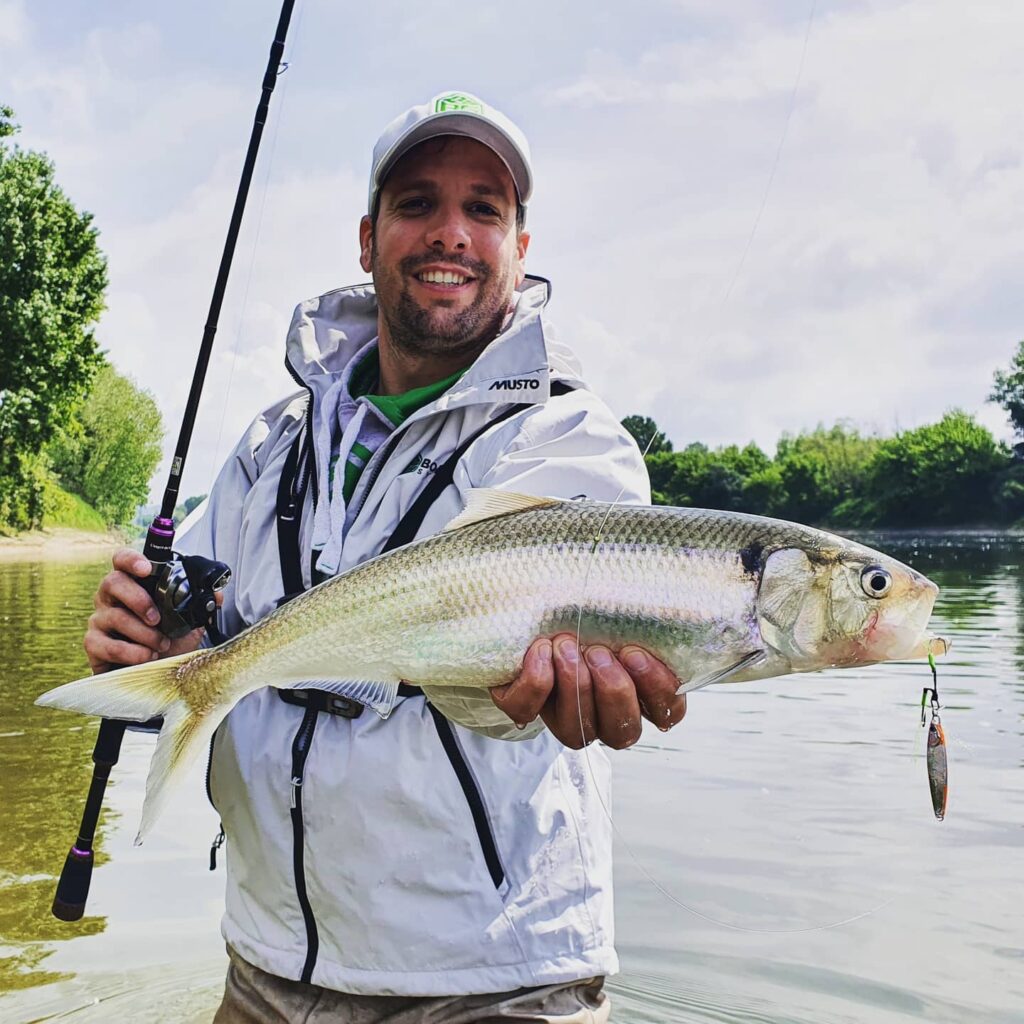
Presentation techniques to maximise your chances
The effectiveness of the casting jig depends largely on the animation used. Here are the different animations for fishing with a casting jig:
- Linear recovery : Ideal for imitating fleeing prey
- Scion strokes To simulate an injured fish
- Free descent : Effective in tempting deep-seated predators
- Walking the dog An irresistible zigzag animation for many species
Don't hesitate to vary your movements and alternate between quick recoveries and pauses. We've found that an abrupt change of pace significantly increases the chances of triggering an attack.
As far as the equipment is concerned, we would advise you to go for a fast action rod and a high ratio reel. The action of the rod will allow you to propel your lure a long way while maintaining good overall sensitivity. The high ratio of your reel, on the other hand, will allow you to bring the lure back quickly and trigger reflex attacks as the lure passes by.
Combine your combo with braid for greater sensitivity. Finally, a fluorocarbon for greater discretion.
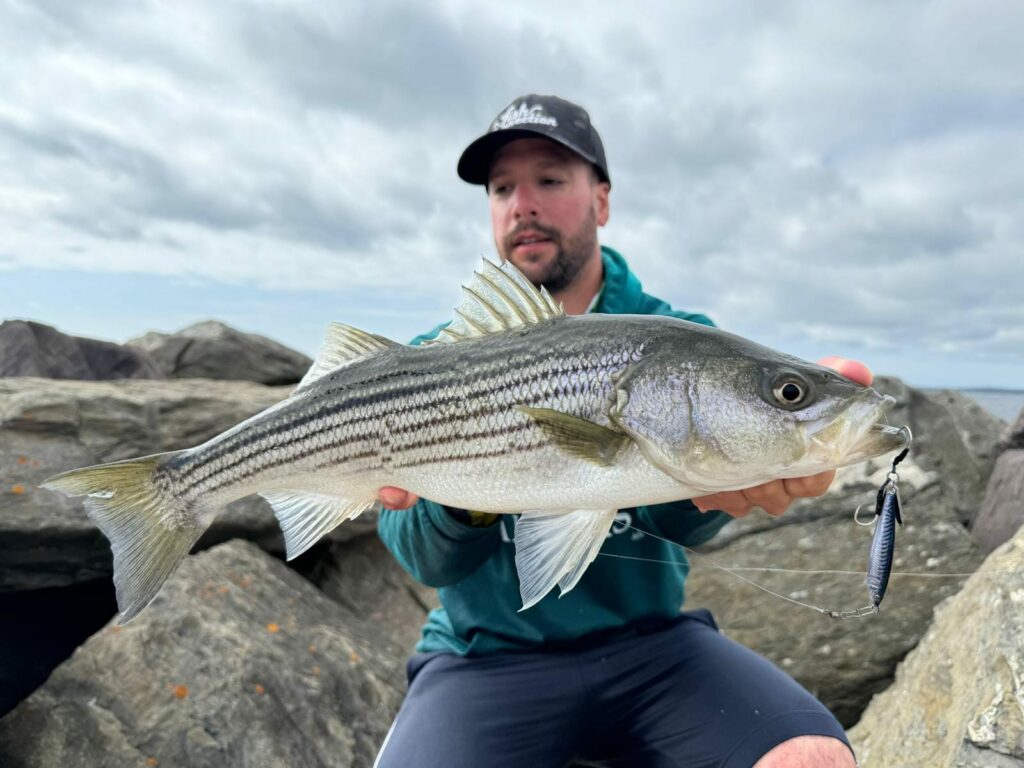
Exploiting the potential of casting jigs in all waters
The casting jig is a formidable lure, both in the sea and in freshwater. During our sessions on Lake Annecy, we were surprised by its effectiveness on pike and perch. In the Mediterranean, it excels at fishing for pelagic fish such as tuna and bonito. Finally, we can use it on sea bass on the beach, on rocks or in salt ponds.
Here are a few tips to help you make the most of this lure:
- In the high voltageStart with heavy, tapered casting jigs
- Visit clear waterfor natural colours and subtle animations
- Po fish near obstacles or rocksIf you're going to catch a fish, choose jigs fitted with assist hooks. This will make it easier to avoid hooking.
- Visit surfacemodels with rotating paddles increase visual and acoustic appeal
As you can see, the key is to adapt your technique to the conditions at the time.
Last but not least, jig casting is one of the most popular a must in the lure box of every experienced angler. Its versatility, effectiveness and the pleasure it provides make it a wise choice for beginners and experts alike. Whether you're a sea or freshwater angler, this lure will adapt to your needs and provide you with memorable sessions. Feel free to experiment with different patterns and techniques to find the winning combination that will make you a true master of the casting jig.



